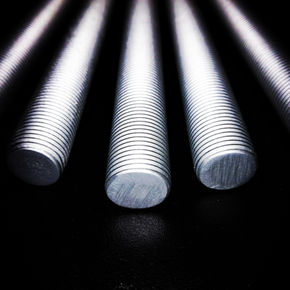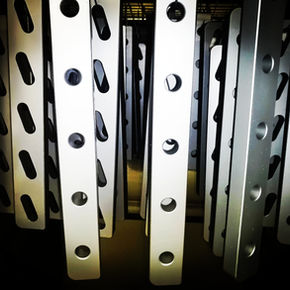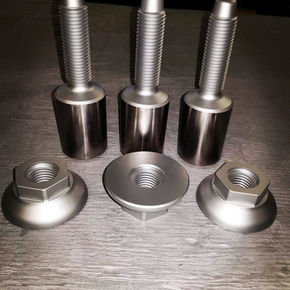Zinc Flake Coating
What is it?
Zinc flake coating is a non-electrolytically applied coating which provides superb protection against corrosion. Zinc flake coatings typically have a thin coat thickness of 8-12um.
Why you should use it
-
High-level of corrosion protection
-
Environmentally friendly
-
Excellent appearance
-
Avoids hydrogen embrittlement
-
Resistant to extreme temperatures
-
Good chemical resistance
-
Good Friction characteristics (nuts and bolts)
-
No warm-loosening torque
Scroll further for images and additional information!

Additional Information
In contrast to paints where the risk of sub-surface corrosion creep exists, this problem is avoided through the sacrificial effect of zinc. In NSST zinc flake coatings demonstrate better protection against corrosion than a typical galvanic zinc coating which in test (generally run in accordance with DIN EN ISO 9227) often achieve only 96 to 200 hrs.
Limitations of other plating processes
-
Cataphoretic paint has no cathodic corrosion protection when the layer of paint is damaged. You will notice red rust occurs in the gaps and scratches leading to disbonding and blistering/chip odd of the layer
-
Zinc or zinc alloy plated layers produce no deposits in the interior of tubes. Plating may cause hydrogen embrittlement on high strength steel materials
-
Hot dip galvanizing leads to high unit weights with the risk of solder brittleness/fragility. Due to high process temperatures, the parts can deform and the temperature can reduce hardness of the steel. Films in the punched holes and drillings require intensive reworking and the base material can be released
-
Pre-zinc plated parts have no protection at the cutting edge
.png)



















